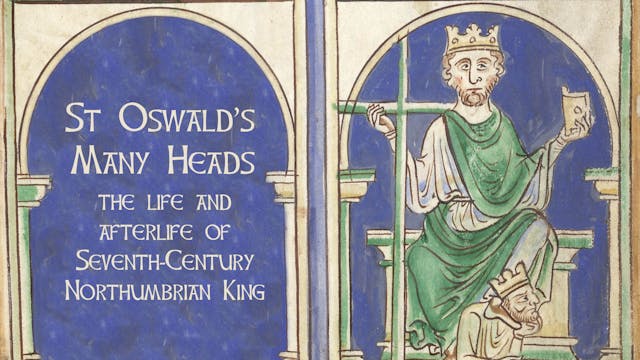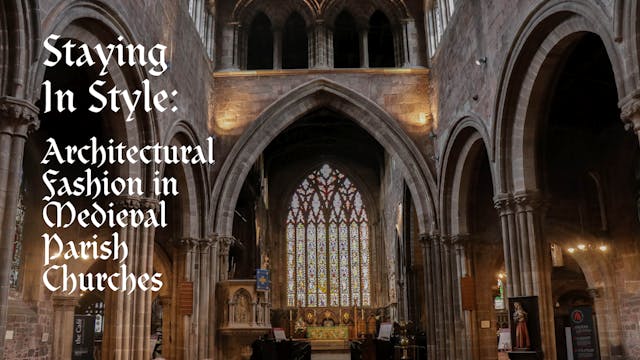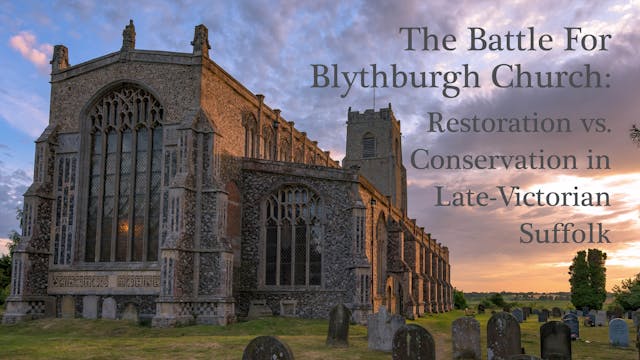A Rood Awakening: The Pride Of The Parish Church
Our Free Lectures
•
1h 8m
Join us on a historical tour exploring how and why Rood Screens came to be built that separated the congregation from the priests in parish churches. Through illustrated examples, some of the care and attention devoted to embellishing these screens by the parish congregations will be revealed. Finally, Richard Hayman explores the reasons why, since the Reformation, some screens have survived but the majority have not.
Richard Hayman is a historian and archaeologist who has written books on a diverse range of subjects from river histories to industrial archaeology. His interests in churches and church architecture is longstanding and he has been fortunate to contribute several titles on the subject for Shire Books, including Rood Screens, Church Misericords and Bench Ends, The Tudor Reformation, The Green Man and Churches and Churchyards of England and Wales.
Up Next in Our Free Lectures
-
Saint Oswald’s Many Heads: The Life &...
King Oswald was a Christian king of Northumbria who died in battle in 642, and was soon recognised as a saint. He was slain by the Mercian king Penda, who cut off Oswald's head and impaled it on a stake on the battlefield as a sign of his victory. By the end of the Middle Ages 4 different religio...
-
Staying In Style: Architectural Fashi...
Old parish churches are wonderful ways of experiencing the ways in which architectural tastes changed over many centuries. As well as being rewarding in their own right, these ever-shifting styles can be used to help put a date on the parts of a building as it develops. They also help make it a ‘...
-
The Battle For Blythburgh Church: Res...
After decades of neglect, Blythburgh church, a grand fifteenth-century building in a small Suffolk village, was ‘mouldering into ruin’. In 1881 the church was closed as unsafe. Although the church was re-opened in 1884, proposals for restoration precipitated a twenty-five year long rancorous conf...



